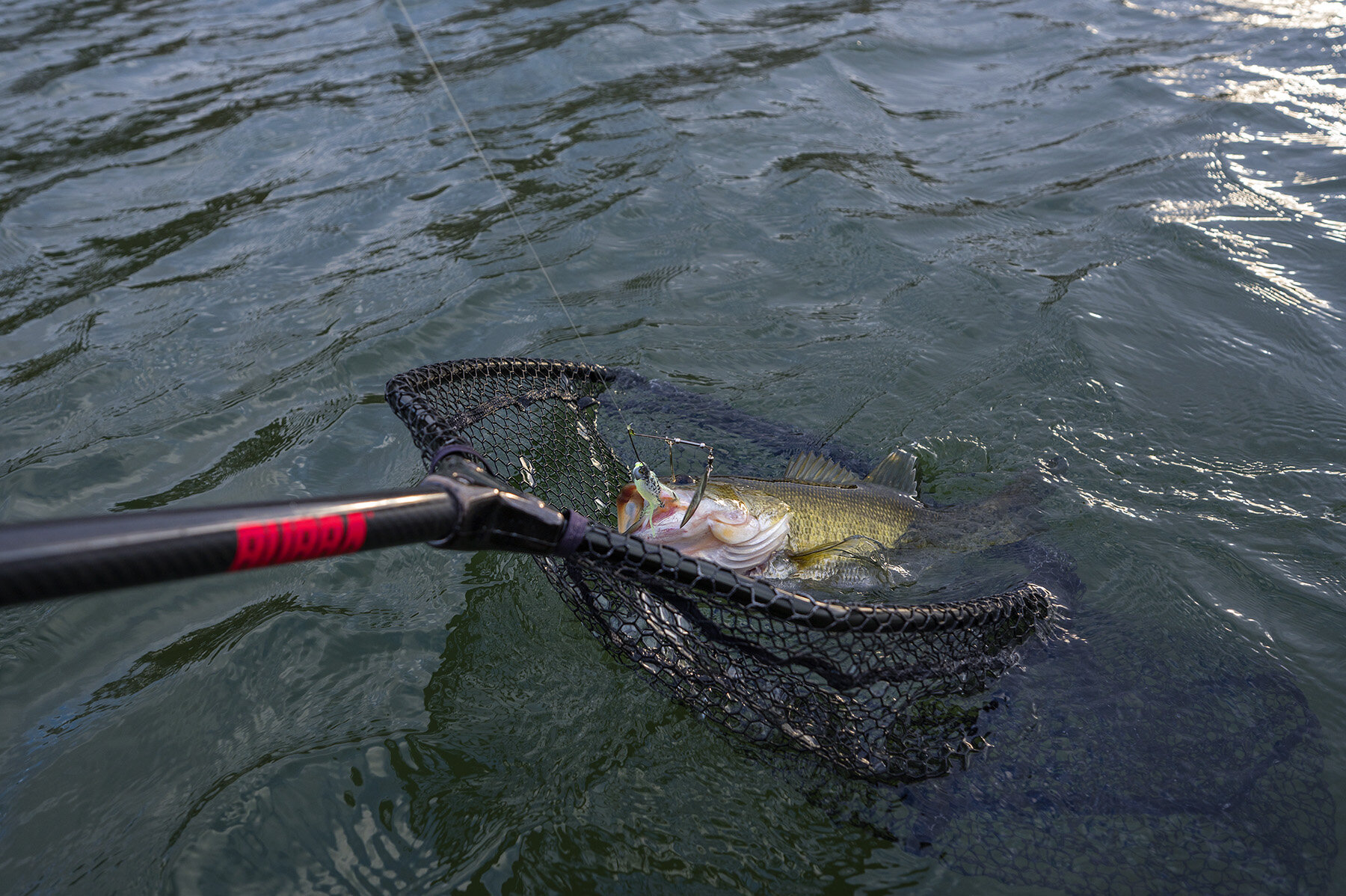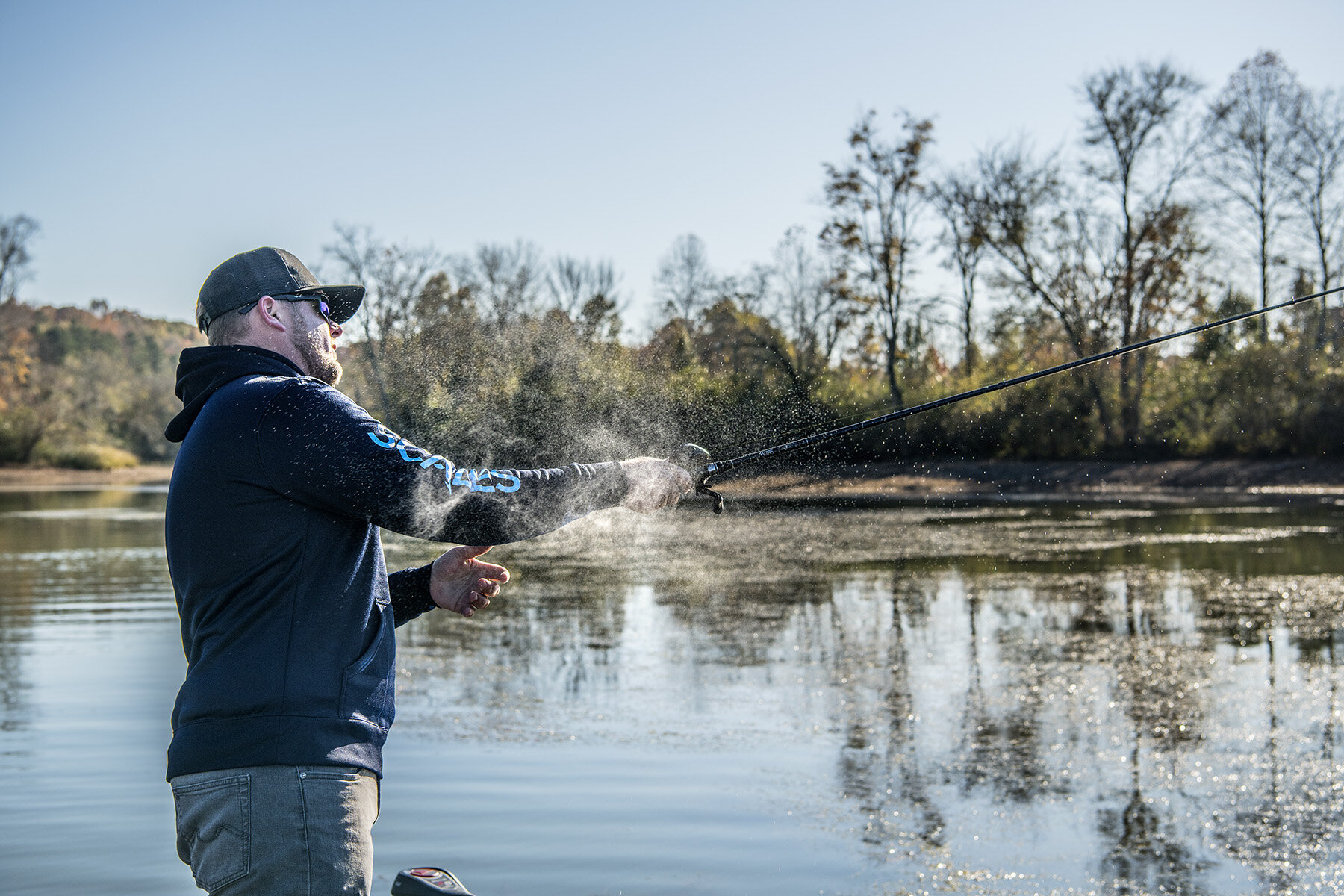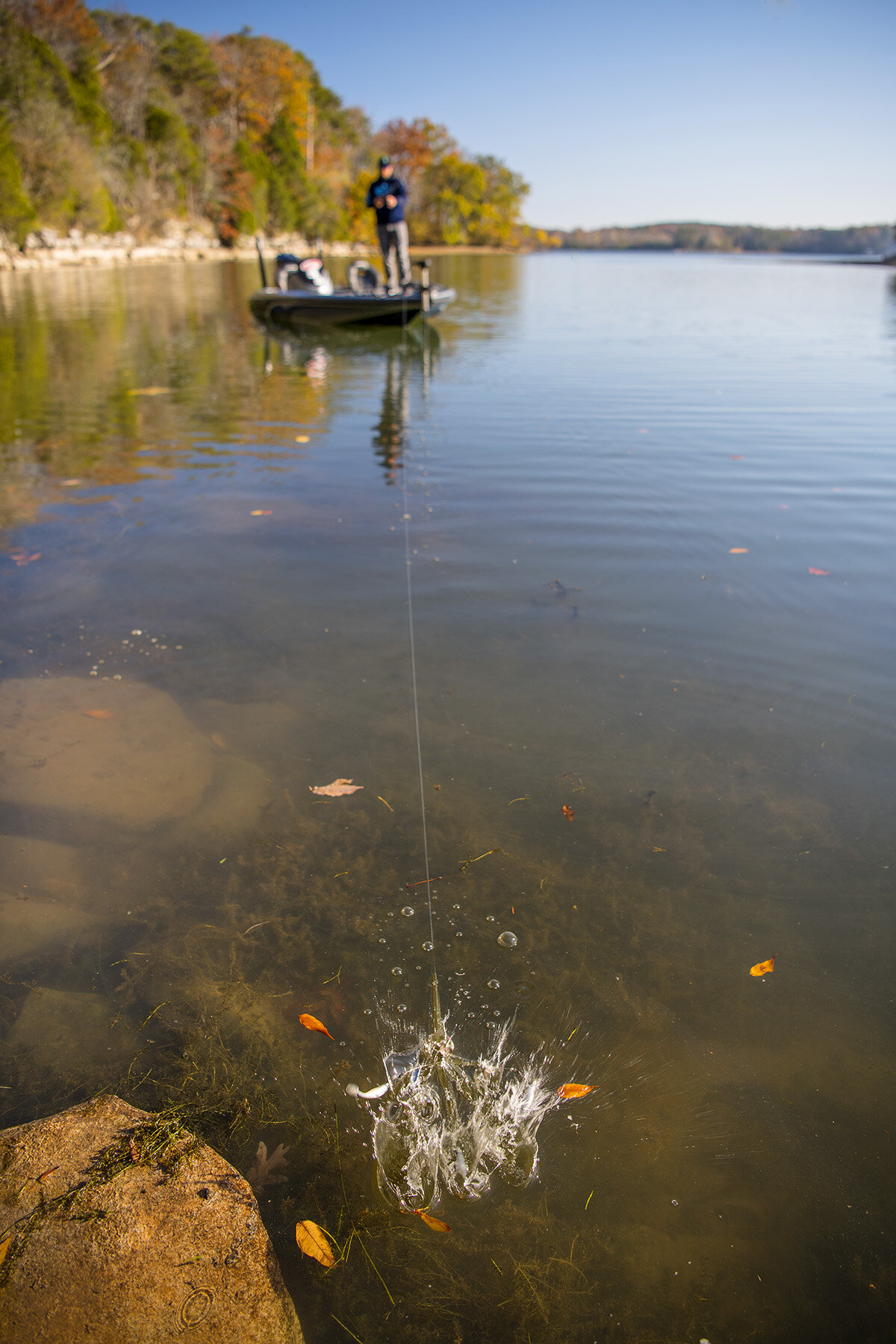How to Prepare for a Bass Tournament
written by Evan Anderson
Tournament anglers don’t always fish in lakes or ponds that they are familiar with, so most will go to that body of water a week or so beforehand to do some reconnaissance. On this episode of Sweetwater, professional bass anglers Miles Burghoff and Joey Nania head down to the Kissimmee Chain of Lakes in Florida to get in some practice and figure out the space in preparation for a tournament. Nania makes the episode special by bringing along his young bass-enthusiast son, Zeke, to teach him how to figure out a new body of water in preparation for a tournament. With a sturdy Bubba net slung over his shoulder and a pair of Wiley X sunglasses over his eyes, Zeke is ready to show the fish who’s boss. Here are Nania and Burghoff’s best tips to prepare for a bass tournament.
WATER TEMPERATURE
The US is unique in that it has a highly diverse landscape with a wide range of temperate zones. Everything from dry desert, frozen tundra, to hot and humid swampland resides in these 50 states. Fish behave differently depending on the temperature of the water, but they also respond to those temperatures differently based on how much they vary throughout the year. Because of this, it’s important to research weather patterns in the area you’ll be competing to know what types of changes the lake experiences throughout the year, not just what the temperature will be when you get there.
Nania explains that “When it’s a stable, neutral temperature all winter long, the spawners like to come and go with the moon.” As opposed to somewhere further north with more temperature variance where the fish will come and go more with rising or falling temps.
The Kissimmee Chain of Lakes resides in Florida, which doesn’t experience a lot of temperature variance throughout the year, so “the bass tend to spawn in slightly higher temperatures than the rest of the country, anywhere between 68°F and 72°F,” says Burghoff.
FISH-HOLDING AREAS
As anglers, it’s easy to measure success on the water by how many fish we land. But when you’re practicing for a tournament, Burghoff actually will measure his success more so by how many fish-holding spots he found, not by how many bites he got.
“Sometimes I’m not even concerned with getting a bite in a practice period,” he explains while casting into a network of reeds, “I’m just trying to see the fish....that’s just as good as catching a fish in practice if not better because you haven’t sore-lipped them.”
Bass will reveal themselves by “waking”, according to Burghoff. “You can’t exactly see the fish but you can see its wake,” he says, “and you can get a good idea of how big they are just by the wake they make.”
Over at Tiger Lake with Nania and his son Zeke, they are following the same principle to great success, reeling in some pretty hefty bass. It’s heartwarming to see Zeke excitedly run across the boat with the Bubba net shouting “Bubba! Bubba!” so he can net one of his dad’s fish.
SE Multimedia | 2020
SEARCH LURES
Nania and Burghoff both advocate having a good “search lure” when practicing on a new body of water. You want to probe as much water as you can to give you an idea of where the fish are. Nania likes to use a light-weight swim jig for his search lure. “I was throwing a ¼ oz ZMAN CrosseyeZ Snakehead swim jig and winding it through the grass while I cracked and popped the rod,” he explains.
Burghoff will use both a swim bait and a chatterbait, saying “you can’t beat a chatterbait for a search lure.”
To see these tips in action on this episode of Sweetwater, watch the full episode below. Follow @sweetwatertv, @joeyfishing, and @sonarfishing on Instagram for more Sweetwater content as well as @waypointfish, @waypointboating, and @waypointtv.















